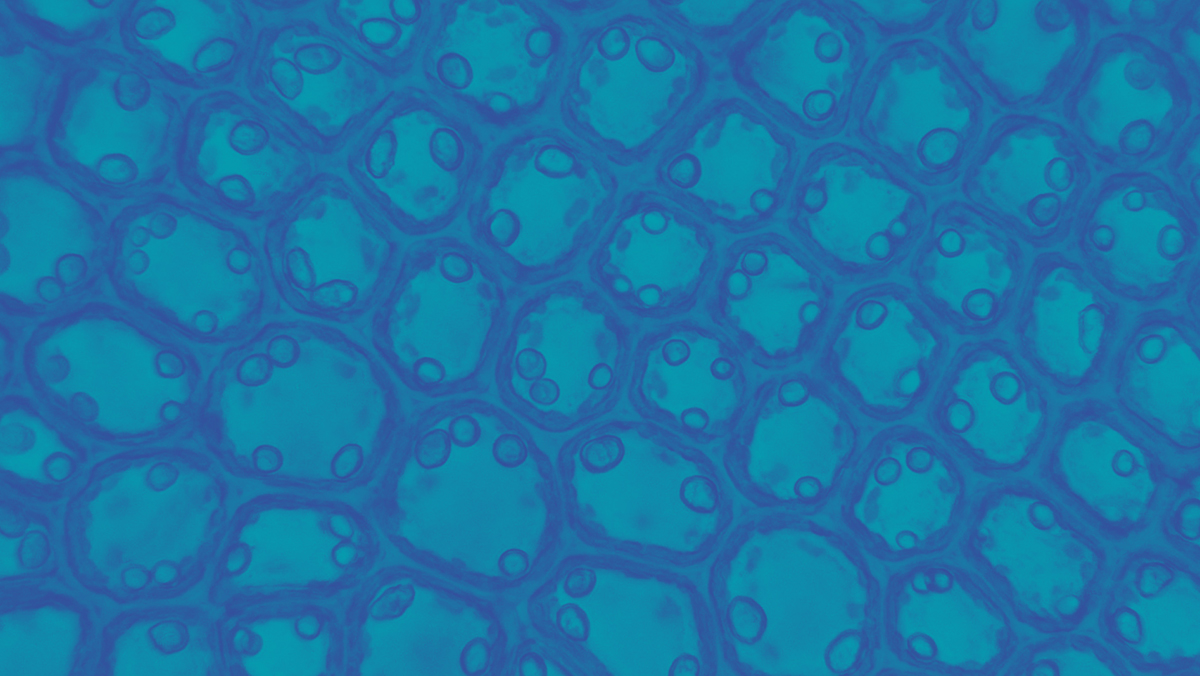Overview
How do organisms grow? How do cells reproduce? How do organisms reproduce? What are cells doing when they are not reproducing? The cell cycle and the processes of mitosis and meiosis provide the answers to these questions.
Student Learning Outcomes
At the completion of this lab, students will be able to:
- Draw and explain the cell cycle
- Draw and explain mitotic cell division.
- Summarize the difference between homologous chromosomes and sister chromatids
- Explain where in the cell cycle sister chromatids will exist
- Draw and explain the process of meiosis from two haploid gametes to form a diploid somatic cell.
- Identify the main sources of genetic variability in meiosis (crossing over and independent assortment) be able to identify how these affect assortment of genes on different chromosomes or sister chromatids.
As an introduction to this section, please watch the following video then take the quiz (Laulima>Tests and Quizzes>6.1 Cell Cycle Quiz). The quiz is due at 11:55 PM the night before your next lab (e.g., Quiz 1 is due at 11:55PM the night before your scheduled Lab 2 start time).
- Cell Cycle, Mitosis, and Meiosis (13:38)
